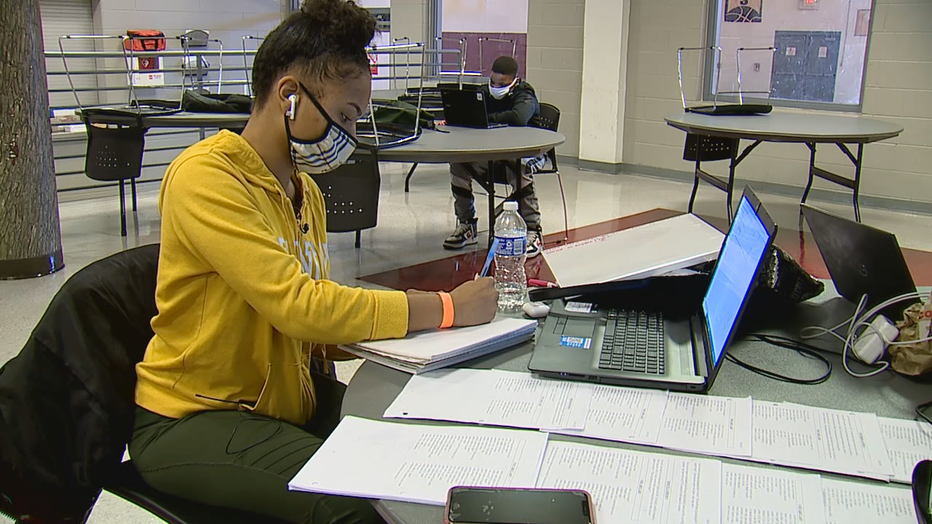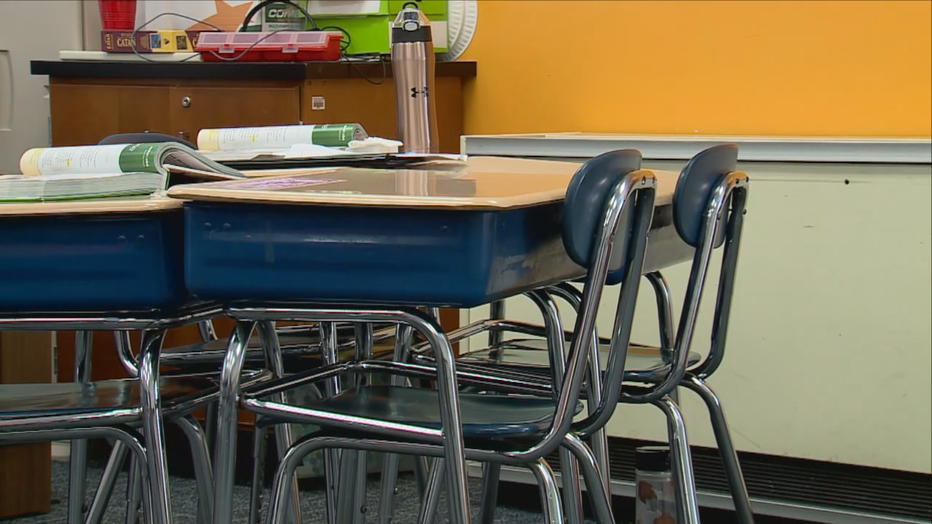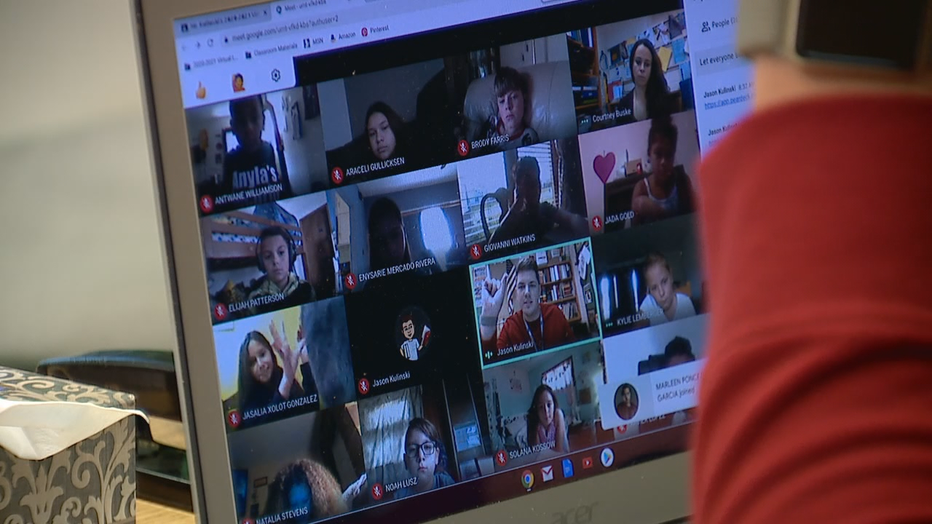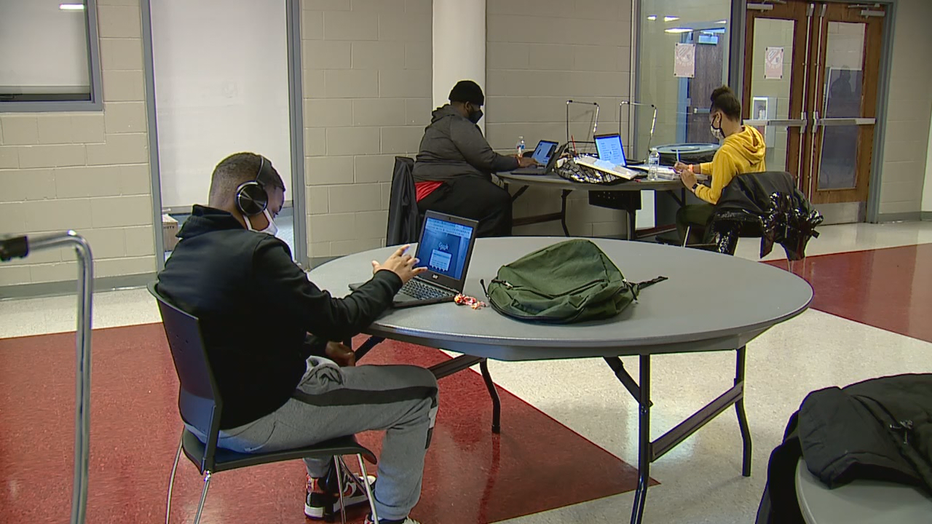COVID-19 and chronic truancy: Attendance 'down slightly' in MPS

Attendance ‘down slightly’ in MPS amid coronavirus
Traditional shopping habits have been shattered by the COVID-19 pandemic. However, one Milwaukee business is still set to have one of its best years yet.
MILWAUKEE - With schools closed during the coronavirus pandemic, concern grows that kids are shutting the door on their education.
“I usually start the day with wake-up calls," said Robert Roberson, a youth adviser tasked with holding students accountable, as he popped in on virtual classes. “Sometimes they feel a little discouraged. They feel like giving up.”

Sierra Roberson
It's a feeling Sierra Roberson says consumed some of her peers.
“The work assignments were due -- they didn’t do it," she said. "They didn’t complete it.”
The pandemic has exacerbated the already growing problem of chronic absenteeism, which involves students missing 10% of the school year for any reason.
“Now it’s been magnified by all of the extenuating circumstances,” said Luke Pinion, director of student services for the School District of Waukesha.

While there are different measures of engagement, Pinion says it’s still too early to get a solid measurement on virtual attendance, but in-person has slightly declined in the district which fluctuates between hybrid models.
“We are seeing 91%, which has dropped from that 96%," said Pinion.
The pandemic has created stressors for students and families.
“We are trying to navigate around mental health and wellness, homelessness or financial hardships," said Pinion.
That’s where school social worker Jaime Dobner comes in.

"It’s about talking to students about those goals and those priorities," said Dobner.
Working with middle school students, she notices a trend.
“Their biggest struggle is the parent is probably not home monitoring them and making sure they are getting online," said Dobner.
Milwaukee Public Schools' officials are seeing the decrease in younger ages.
“K-4, K-5, first and second grade," said Matthew Boswell, senior director of the Department of Student Services.
He said there has been a decline in attendance overall in 2020.
In 2019, the traditional school year began with a 91.3% attendance rate versus 87.7% in 2020. That number dropped to 84.3% in November compared to 87.1% in November 2019.

“It is down slightly," said Boswell. "Not a significant difference, but much smaller than people would think."
Districts are addressing the problem now.
“We are here to support them rather than get them in trouble," said Dobner. "That is not our goal. It’s really trying to figure out what the barriers are.”
Connectivity is key, and that’s where Running Rebels can help -- the doors opening to students for free.
“Here is a space you can come have access to educational specialists, utilize the Wi-Fi, log on and do your work," said Dawn Barnett, co-executive director. "Any resources, we can help you provide that, as well.”

